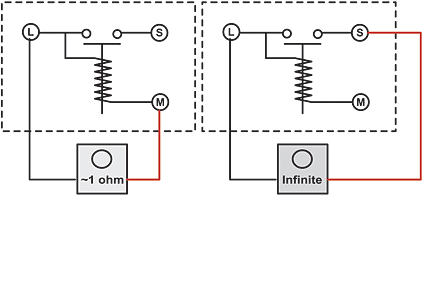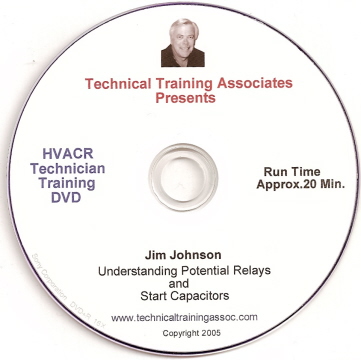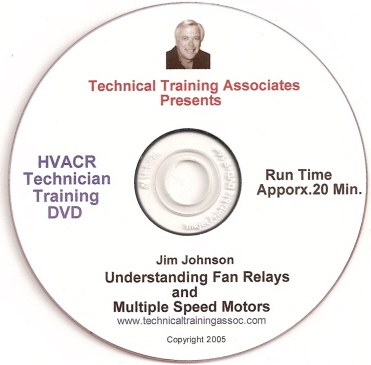
|
| Acceptable ohm reading for a good current relay. |
One type of starting relay used on fractional-horsepower compressors is the current relay. This type of starting relay uses the initial high inrush current draw of a compressor’s run winding to energize its coil and bring in its additional starting circuit. The coil of this relay is wired in series with the run winding so as the compressor starts it draws the same initial inrush current as the run winding. The contacts of this relay are normally open and are wired in series with the starting circuit. As the compressor attempts to start, the higher current draw causes the relay’s coil to be sufficiently energized, closing its contacts and bringing in the starting circuit. This gives the compressor the initial torque required to start. As the compressor’s rotor approaches its normal operating speed, the current draw drops causing the relay’s contacts to open and remove the starting circuit.
A defective current relay can cause a compressor not to start. If the relay has an open coil or its contacts are stuck open, the starting circuit will not be energized during the starting of the compressor. This will cause the compressor not to have the required starting torque. If its contacts are stuck closed, the starting components of the motor will not be removed from the circuit and the compressor will cycle off on its overload.
One popular method of troubleshooting this type of starting relay is with an ohmmeter. To use this method, disconnect the circuit’s voltage source and remove the relay from the circuit. Using the ohmmeter, check its coil’s resistance, it should be approximately 1 ohm. L and M are normally used to identify the coil’s terminals on the relay. If the relay does not have an L or M terminal, use the system’s wiring diagram to properly identify its coil terminals. An infinite resistance reading will indicate an open coil and the relay needing to be replaced.
Next, check the relay’s contacts by holding the relay in its upright position and placing the ohmmeter leads across its contact’s terminals. M and S are normally used to identify these terminals. Again, if the relay does not have an M or S terminal use the system’s wiring diagram to properly identify its contact terminals. If the ohmmeter reads an infinite resistance, the contacts are open as they should be. If the meter reads no resistance or a resistance, the contacts are stuck closed. The relay will need to be replaced. Next try turning the relay upside down and shaking it; the contacts should close (zero resistance) and open (infinite resistance) as the relay is shaken.
The operation of a current relay can sometimes be checked using a clamp-on ammeter. An analog style meter works best for this test. If possible, clamp the ammeter around the wire leading to the starting circuit. Apply voltage to the compressor circuit while observing the ammeter. On a properly operating current relay, an amperage draw should be read momentarily then drop to zero. If there is no amperage draw or it does not drop to zero before the compressor cycles off on its overload, there is a problem with the starting of the compressor. To determine if it is the current relay, disconnect the voltage applied to the compressor circuit; remove the relay from the circuit, and using an ohmmeter check the relay’s coil and contacts as described above.
Before condemning any single-phase compressor which fails to start, check its starting relay and verify it is not the cause. Replacing a compressor as the result of a defective starting relay is not good for your customer or your service reputation.
Publication date: 9/3/2012









